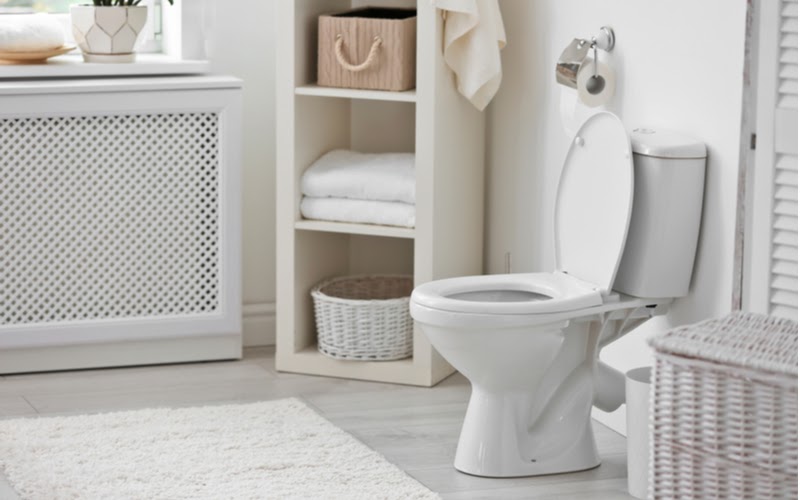It’s important to keep your toilet running smoothly. If you notice any new noises or strange behaviours coming from your toilet, check them out right away. Leaving any issues unattended can cause significant damage to your toilet and home. Luckily, not all issues require you to call a plumber. Check out these common toilet problems and learn how to repair them yourself when possible.
Phantom Flushes
If you ever hear your toilet randomly flush throughout the day, this is what is known as a phantom flush. The phantom flush occurs when there is a slow leak happening from the tank to the bowl. Once the tank is empty enough (as if you had just flushed it) it begins to refill itself. The leak is caused by a bad flapper. In order to repair this, you have to drain the tank and the bowl and check the flapper. Sometimes just a quick clean and adjustment will solve the problem, but if it is really damaged, a replacement flapper might be needed.
Running Water
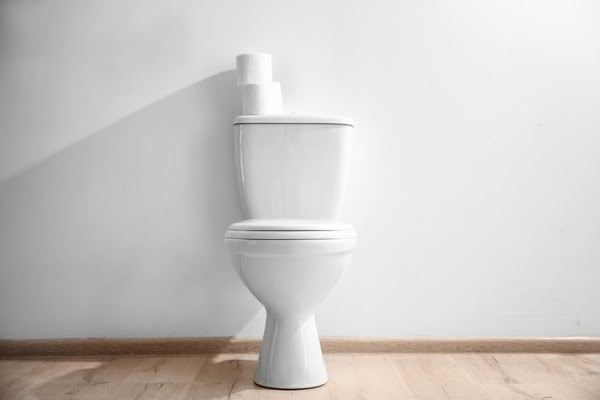
Similar to the phantom flush, if you are constantly hearing your toilet run when it is not in use, there is most likely water leaking from the supply line into the tank. This leak can be caused by the fill valve float being set too high, which leads to water leaking into the overflow tube, and eventually into the bowl. In order to correct this problem, you should readjust your fill valve level. An ideal is to have the water sit ½ inch to 1 inch below the top of the overflow tube.
Slow Flush
A slow flush is when, once flushed, the toilet bowl drains very slowly. It is not yet clogged, but there is most likely debris that is inhibiting the water to empty from the bowl. A solution to this is to get a coat hanger or other strong wire, and simply poke the holes in the toilet bowl. Pay close attention to the siphon jet, as its purpose is to increase the pressure of the flush (using a mirror will give you a better view).
Loose Flush Handle
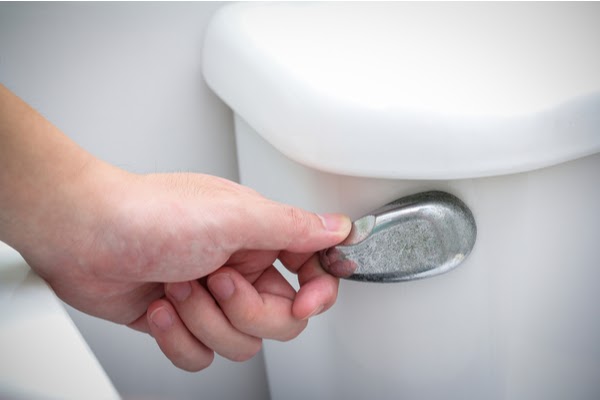
A loose flush handle can cause an interruption in the flush process. If you notice your handle is loose, there are two things to check. One, the wire or chain that connects the handle to the flapper inside the tank. You may have to reconnect the chain or wire. Secondly, the actual handle itself has a mounting nut inside the tank. Tightening this nut will re-mount the flush handle making it more secure.
Clog
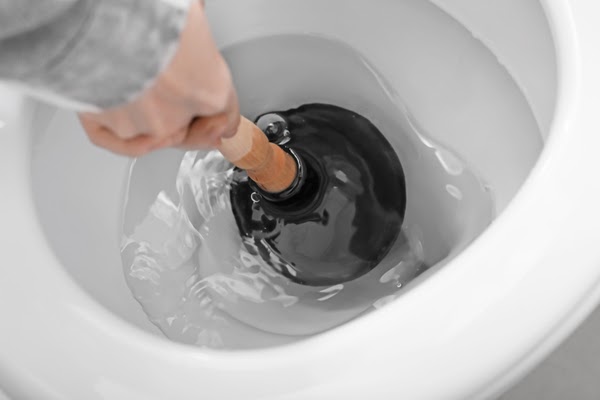
Arguably the most dreaded toilet issue and the most common, a clogged toilet is everyone’s nightmare. Luckily, with the use of a force-cup plunger, you should be able to handle any clog. A force cup plunger differs from a regular plunger as it has a narrow bottom below the regular plunger seal. This allows it to fit snugly into the toilet hole while creating a strong seal. Once inserted, thrusting the plunger with good force will loosen the debris that is causing the clog. Once you have successfully cleared all the debris, the toilet bowl will begin to drain again.
Leaks
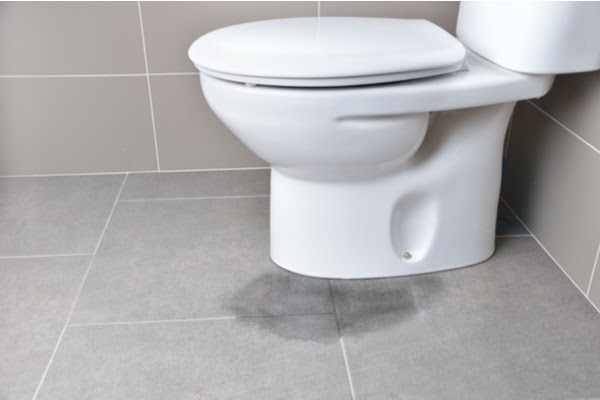
One of the most common places for a leak is from underneath the toilet. There is a wax seal that is mounted to the toilet flange to protect from leaks. If this fails, water will leak from underneath your toilet and onto your floor, potentially leading to rotting. It’s important to note that caulking around the base of your toilet is not a fix to this issue. Caulking will only lead to trapping the water, which will continue to leak and cause major issues underneath your toilet bowl. In order to repair this, you should remove the bowl completely and replace the wax seal with a new one.
If you notice any of these toilet issues, do not panic. A lot of the time there are simple fixes to these issues that you can do on your own. However, if you are not able to, or do not feel comfortable completing these repairs, contact a pro who will be more than willing to help out.
